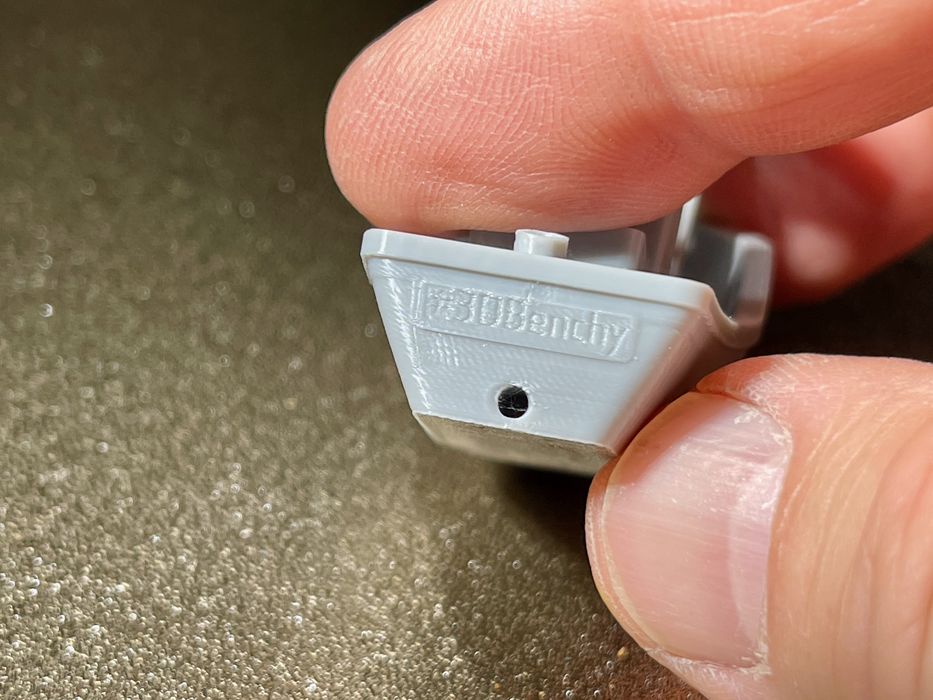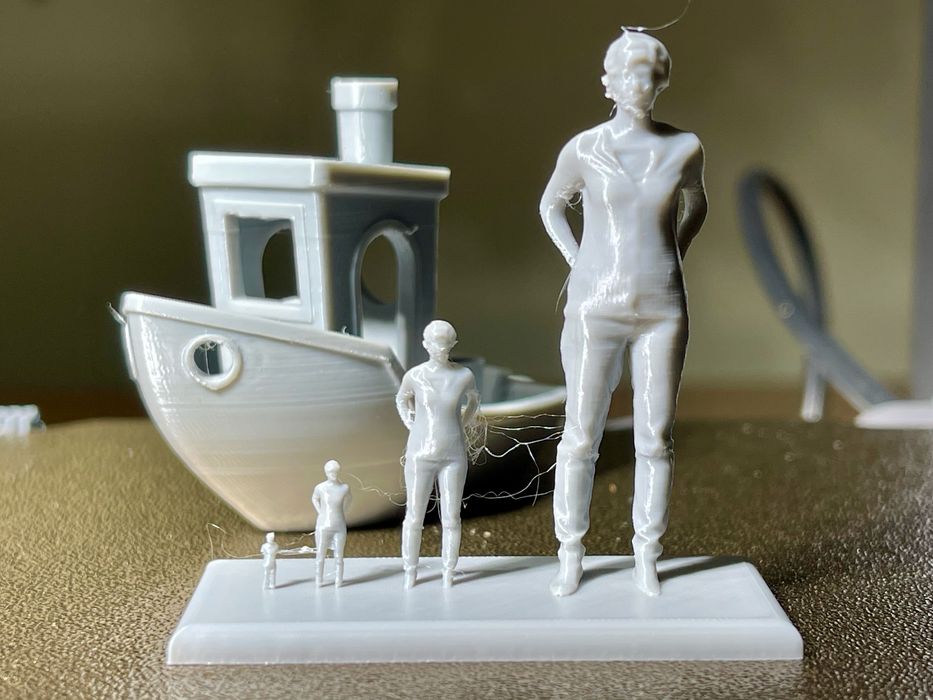
Do you need a resin 3D printer when FFF devices now approach similar levels of surface quality?
That sounds like a crazy question. For many years it’s been 3D print gospel that resin equipment provides for far higher resolution than typical FFF devices.
This has been true. When I first got into desktop 3D printing — using FFF, the layer sizes were typically 0.3mm tall. That’s quite a coarse layer size, which meant objects would have a noticeably layered surface. At the time, it didn’t matter because 3D printing anything then was amazing.
But times have changed.
In subsequent years the default layer size zeroed in on 0.20mm, which is often used today. That layer size produces objects with good surface quality, but still not close to the detail achievable by resin 3D printing.
Resin 3D printing has exploded in recent years due to the availability of low-cost equipment and resin. However, it is quite problematic to use due to the toxicity of the resin and associated handling procedures. For some, the toxicity is a non-starter, leaving them to the FFF world.
Today many people do use resin 3D printers to produce high resolution objects with fine details. Typically this is done for gaming figurines or similar organically designed objects.
Then something happened.
Bambu Lab introduced an optional 0.20mm swappable nozzle for their A1 and A1 Mini desktop 3D printers.
I tested this nozzle some time ago, along with other optional nozzles for the A1’s. Bambu Lab’s full set includes a 0.2, 0.4, 0.6 and 0.8 swappable nozzles for this line of equipment.
During my testing on a whim I printed a #3DBenchy using the 0.2mm nozzle, and I was quite surprised at the result, shown at top.
This item printed extremely well at an incredible resolution. This is one of the first times I could actually read the back plate of the #3DBenchy on a FFF 3D print.

At the time I thought this capability was quite amazing. I then printed a model of a figurine using the 0.2mm nozzle with decreasing sizes, all the way down to only 4mm tall. Incredibly, the print came out quite well. The #3DBenchy at the rear is the normal size, acting as the banana in this image.
I now see an increasing number of posts that leverage the 0.2mm nozzle to print similar high resolution FFF models. In many cases the quality rivals that of basic resin 3D printers. People are discovering the true capabilities of high resolution FFF 3D printing.
It may be that there is a window where a portion of the printing that would have been destined for resin devices can now be made on FFF equipment with tiny nozzle diameters.
That’s good news for a couple of reasons.
First, many resin 3D printer operators actually own FFF devices as well. By being able to print all items on the FFF device, they can potentially dispose of the resin 3D printer.
Resin 3D printers use toxic resin, and many operators don’t rigorously follow safety handling protocols. This is a long-term danger that some don’t even realize. By enabling high resolution FFF 3D printing, this risk can be reduced and eliminated for some — even if they don’t realize it.
If you have access to a 0.2mm nozzle, I suggest you give it a try. You may be quite surprised at the results.
